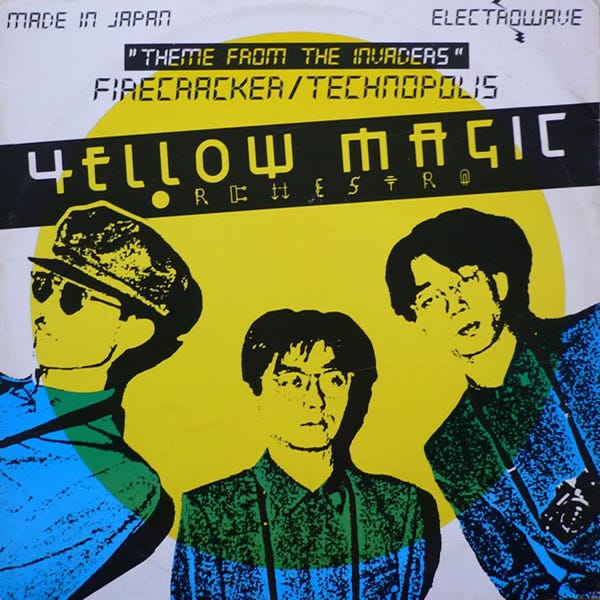🎌 Synth Samurai: How Yellow Magic Orchestra’s Firecracker Lit the Fuse for Global Electronic Dance
The Twelve Inch 182 : Firecracker (Yellow Magic Orchestra)
There was a running trope in the eighties: when Belgian artists wanted to bask in the free publicity of “international success” but didn’t have much to show for it yet, they’d claim to be “Big in Japan.”
Back then, Japan felt like another planet. If you were lucky, summer holidays took you to Spain, Italy, or the south of France, Asia was far beyond reach. So we couldn’t check what was really happening in the land of the rising sun. Did they enjoy the same music as us? Did they truly embrace those Belgian acts? Most of the names making such claims came from the Eurodance corner, which at least gave the story a bit of consistency.
Keep reading with a 7-day free trial
Subscribe to The Twelve Inch to keep reading this post and get 7 days of free access to the full post archives.


